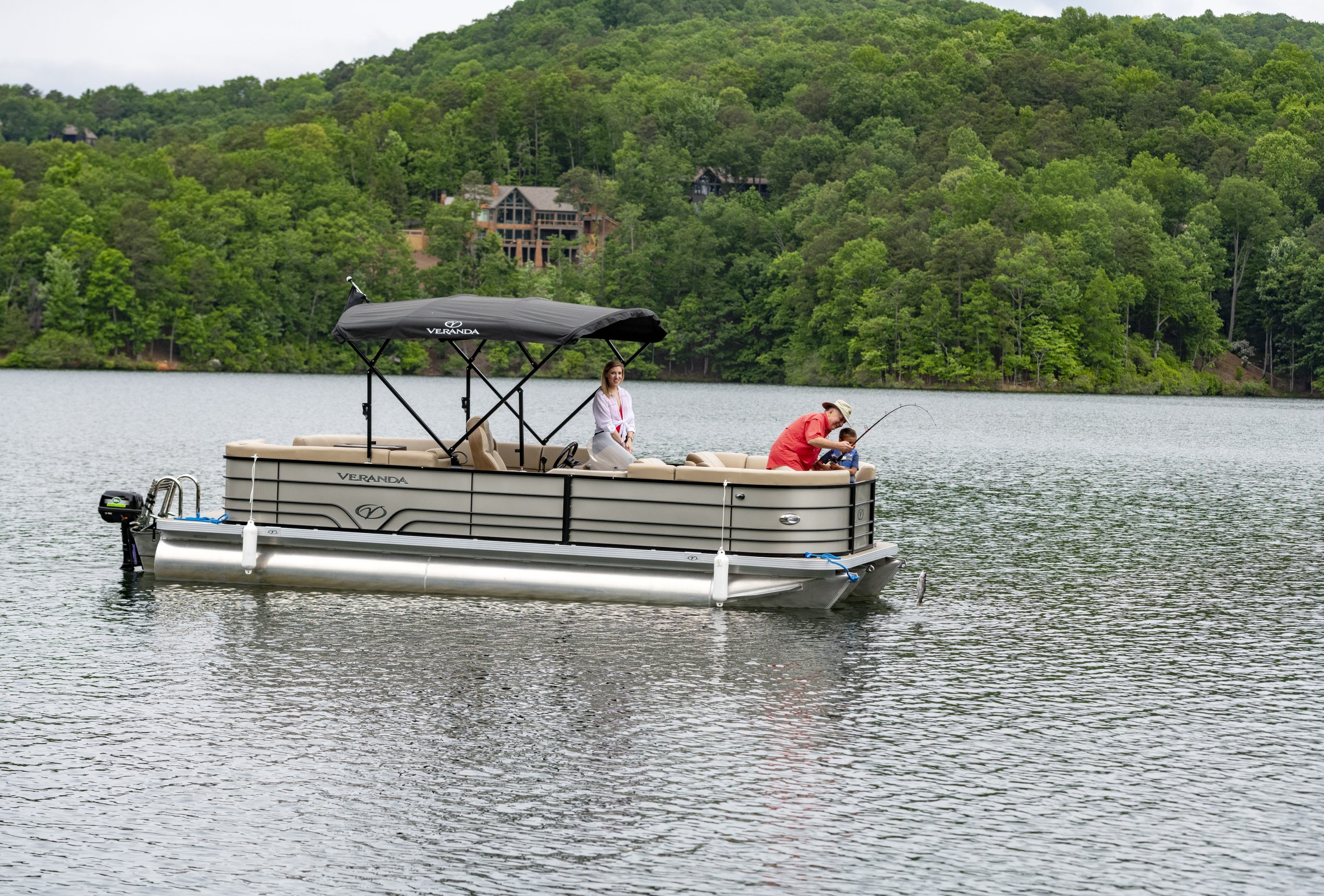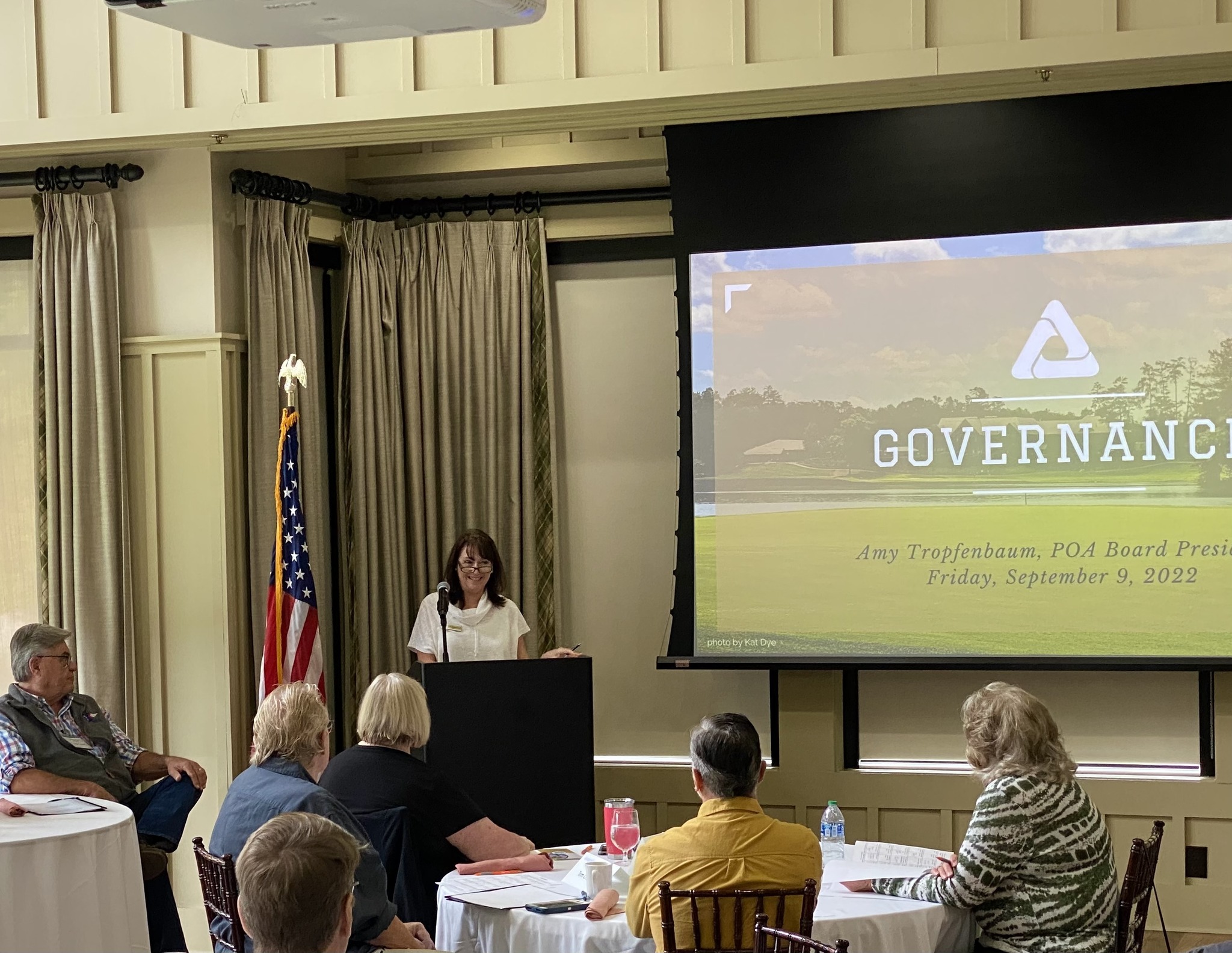Strategic Planning
Creating the strategic roadmaps, initiatives and projects that are aligned with the Big Canoe Mission and Vision
High Level Strategic Objectives
High-level and Measurable Goals We Want to Achieve
AMENITIES & INFRASTRUCTURE
We should strive for continuous improvement of all amenities and infrastructure, and preservation of the natural environment.
LEARN MORE
SAFETY & SECURITY
We should strive to enhance safety and security of our Property Owners, guests and employees.
LEARN MORE
GOVERNANCE
We should make decisions for the governance of Big Canoe in a transparent, ethical and fiscally responsible manner.
LEARN MORE
POA EMPLOYEES
We should create a culture that attracts and retains engaged and motivated employees.
LEARN MORE
THE BIG CANOE EXPERIENCE
We should enhance every aspect of Property Owner and guest experience at Big Canoe.
LEARN MORE
